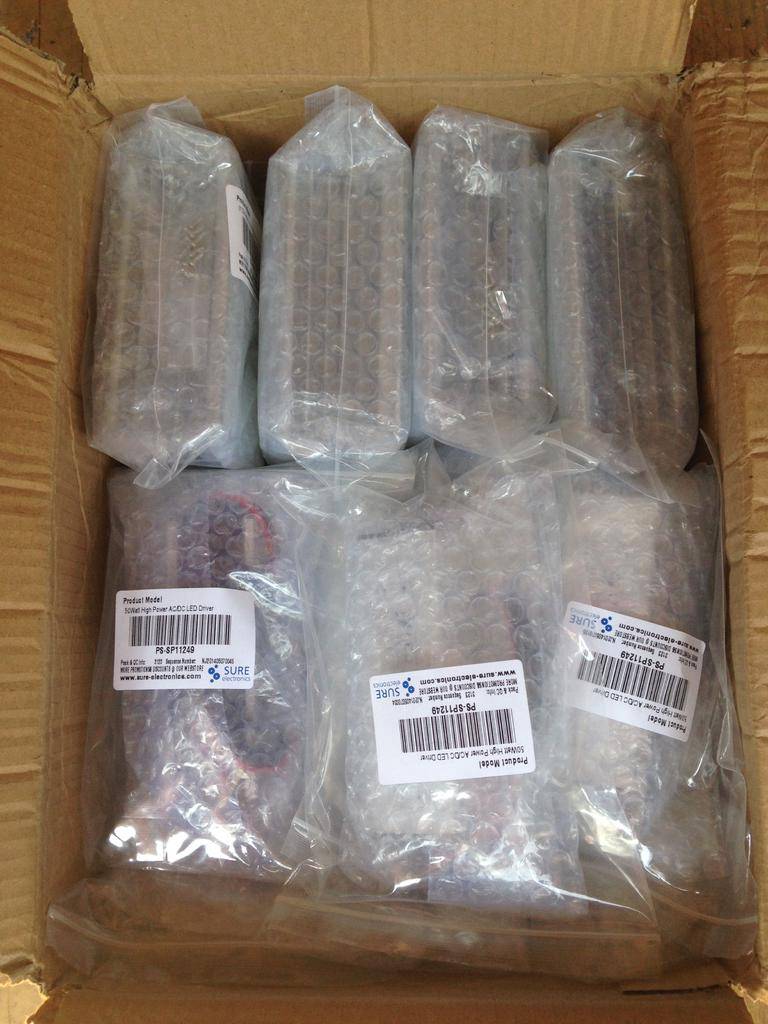sammyz2646
Member
I figured that I'd better keep the Cree work separate from the Chinese COB's as many here are not interested in anything from China...........So I will begin this thread
Where to start. . . . .
I got my box from China today


This is about half of the materials that I am going to be working with. . . to incorporate these into my convection pipe design (COB spacing to be determined)
The pipe will be laid up against the wall, just above the canopy, around the perimeter of the grow room.


I have 100 watt -----------------RED, BLUE, YELLOW, FULL SPECTRUM , and WARM WHITE (3000 k) --to try and incorporate
I will use the warm whites and full spectrums as side lighting in the pipe design
And plan on making a hood/lamp----- to rotate on the solar rev----- with some of the "other" colors in motion
I will be working on this in the next few weeks and am hoping to learn more while I do it
I'll keep updating this as I progress. It should be pretty interesting
Where to start. . . . .
I got my box from China today
This is about half of the materials that I am going to be working with. . . to incorporate these into my convection pipe design (COB spacing to be determined)
The pipe will be laid up against the wall, just above the canopy, around the perimeter of the grow room.
I have 100 watt -----------------RED, BLUE, YELLOW, FULL SPECTRUM , and WARM WHITE (3000 k) --to try and incorporate
I will use the warm whites and full spectrums as side lighting in the pipe design
And plan on making a hood/lamp----- to rotate on the solar rev----- with some of the "other" colors in motion
I will be working on this in the next few weeks and am hoping to learn more while I do it
I'll keep updating this as I progress. It should be pretty interesting
Last edited:





















